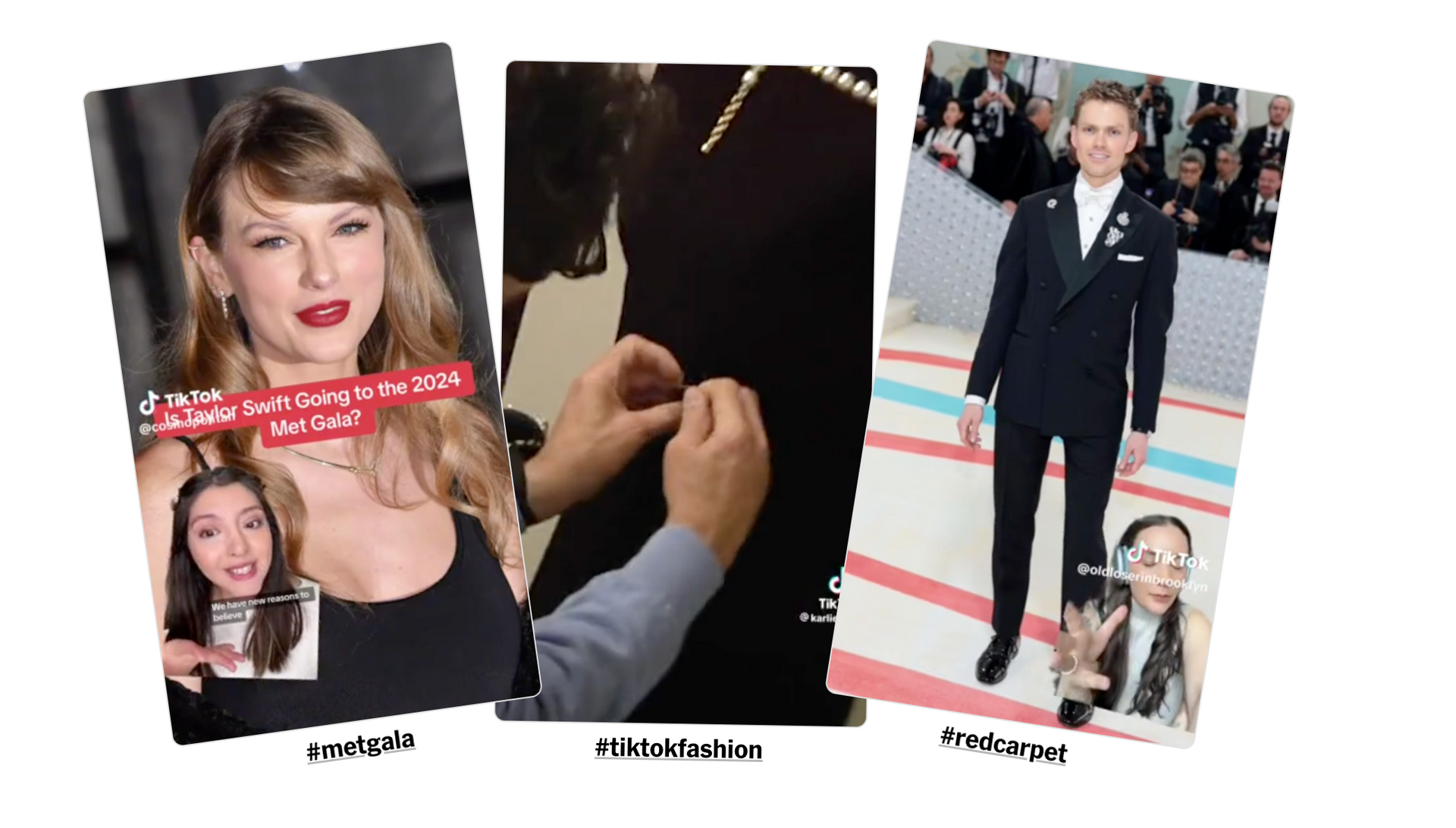Trust & Reputation | Social Capital Matters
Trust & Reputation| Social Capital Matters.

Trusted companies, and their leadership,
outperform their peers by 400%(1)
Trust seems so simple; it's binary; you either trust something or someone, or you don't. How, as an individual, you get to that decision point is more complex, it can be year’s in the making of receiving inputs and yet so fragile that it can be destroyed in seconds. Trust and its by-product, reputation, are among the most valuable intangible assets we have as individuals and organizations. Trust and reputation matters require nurturing and caretaking, they should be prioritized as sacred cow objectives. Most organizations prioritize revenue growth and profitability as the annual top objective; however, achieving that goal is only possible if trust as a strategy is riding the side-cart.
Understanding how to weave trust into a strategic objective begins with knowing why trust matters so much to your organization and how people assess the reputation of your people and organization. Trust is critical to survival; our exposure to it begins at birth, ranking it as one of the first emotions humans experience. As infants, we are born vulnerable and dependent on our caregiver(s) to sustain our life by primary needs of feeding, soothing, cleaning, and protection; these first inputs of trust bonds are either healthily established or not. This primary exposure to trust is one of the most practiced skills a human will have to evaluate the risk of something or someone, including oneself, and is practiced and tested multiple times every day since day one.
Consider trust and reputation of your leadership and organization as social capital measured on a scale; depending on what's added or subtracted by behaviour, it will increase and decrease accordingly. Humans are testing and assessing trust constantly, social media commentary and Yelp platforms are the proof of this. The trust value of your organization and your leaders are vulnerable to this. Establishing and maintaining credibility requires an organization and its leaders to be authentic and disciplined.
Communication is at the core of trust, in particular, knowing the balance of information sharing: what, when, and how to ask and alternatively, what, when, and how to share. Measuring organization and leadership reputation and trust should be a best practice; this does not need to be a hard lift; with a multitude of platforms available to conduct pulse-taking and in-depth surveys, these become routine barometers of internal and external sentiment. If you need to know what's working or what's not working, how can you build and integrate growth successfully? Having witnessed organizations and leaders succeed and fail at this, incorporating trust as a strategy and executing it well is essential to the success of the organization.
Want to learn more about trust as a strategy? Let’s talk.


Focused on Impact
DHM’s impact extends far beyond individual interactions; with a commitment to excellence, coupled with exceptional leadership qualities, DHM has set a standard of excellence that continues to drive success.




